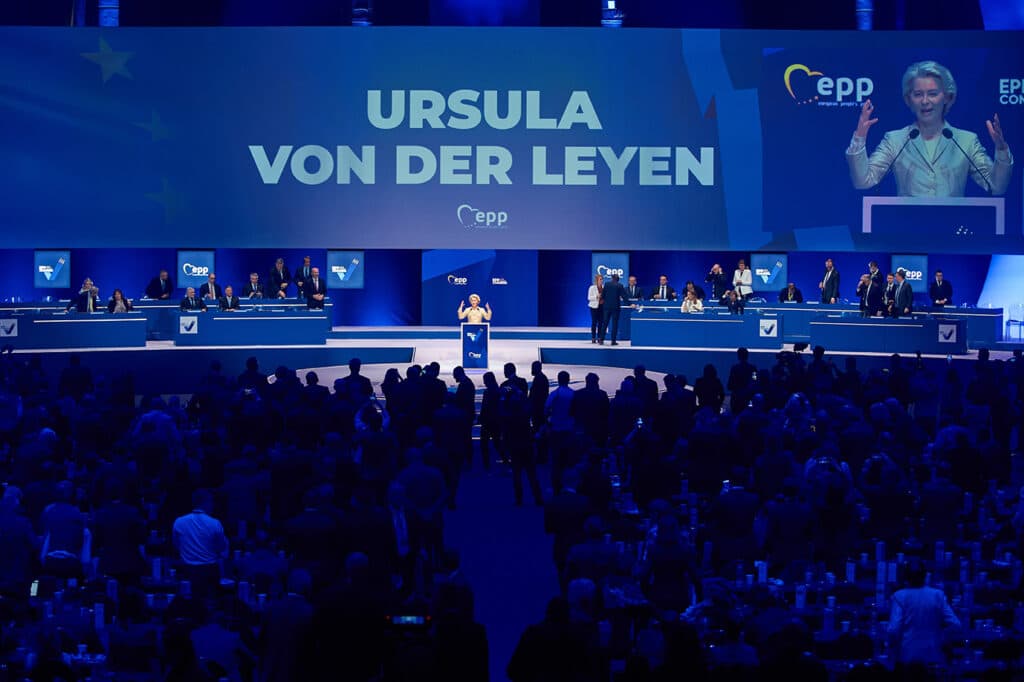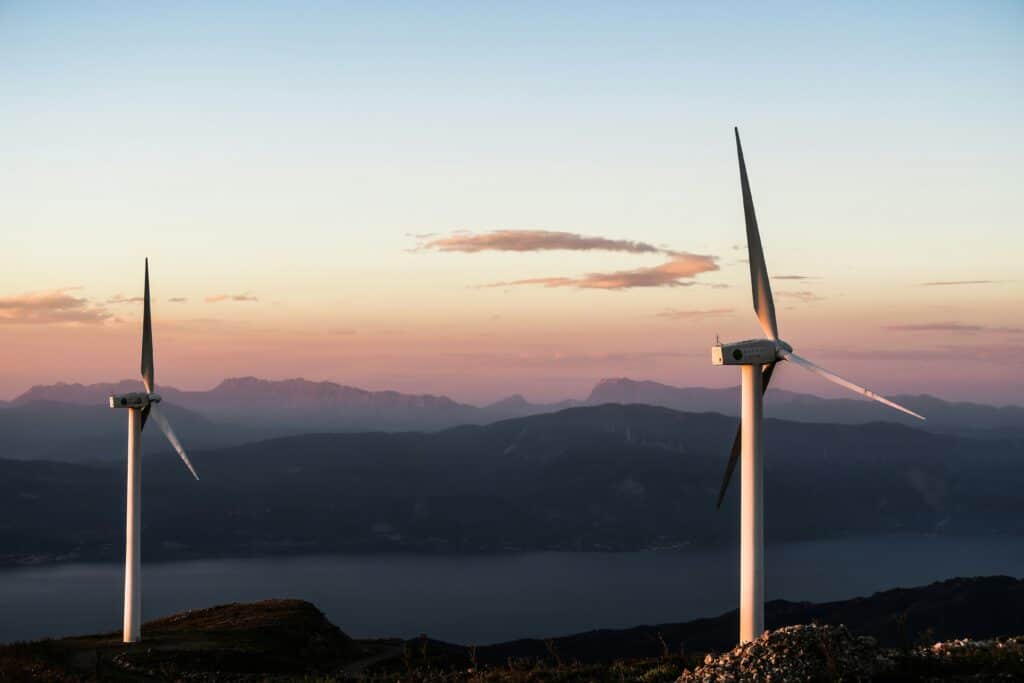IAEE Online Conference 2021 – Live Updates
The IAEE Online Conference 2021 is LIVE on 7, 8, 9, June 2021. Follow FSR live coverage of the conference
The IAEE International Conference is the yearly forum where energy economists, policymakers, and business leaders from around the world meet in real-time for 3 consecutive days. The conference aims to bridge the latest scientific developments in energy economics and their relevance to practical experiences in the energy sector.
This year the online summit focuses on three main themes: Energy, Covid19 and Climate Change and will feature over 400 speakers including VIP speakers, and will host a total of 180 parallel sessions and numerous poster sessions.
FSR, media partner for the event, will follow the conference closely and offer LIVE commentary of the sessions. On this page, you will find: the latest news and tweets from the sessions, exclusive interviews with the speakers, videos, and highlights from the live plenaries. Keep up to date with the hottest topic in the energy sector, as discussed in this digital forum at #IAEE2021ONLINE, by scrolling FSR LIVE updates.
The full programme and general information about the conference are available here.
The New Energy Landscape
Closing Plenary Session
Presiding: Prof. Yukari Yamashita, Director, The Institute of Energy Economics, Japan
List of speakers:
Prof. Frank Wolak, Stanford University
Mr. Adam Sieminski,President, KAPSARC
Prof. Jean-Michel Glachant, Director Florence School of Regulation, EUI
Prof. Debajit Palit, Director, The Energy and Resources Institute (TERI)
Prof. Xiaoyi (Shawn) Mu, University of Dundee
Highlights from the session by FSR Swetha Bhagwat
The session focused on global experiences and some of the key challenges in the journey towards achieving our collective climate goals. Some of the key points brought forward by the panellists are:
Prof Debajit touched upon the three-pillar approach adopted by India. These pillars are energy efficiency, renewable energy (special focus on solar PV – solarization) and electrification (special focus on distribution grids). Emerging technologies such as green hydrogen, bioenergy, electric vehicles and smart grids are also being actively considered. Overall, the key focus in India is to increase the sustainability of energy while providing energy to the people and let the economy thrive.
In the case of China, Prof. Mu presents China’s strategy, which is currently focused on reducing its coal dependency over time. China plans to do this by increasing its renewable energy share and liberalizing its oil and gas sector. In addition, the country is focusing on carbon capture and storage (CCS) and on strengthening the utilization of its high voltage grids. By doing this, China hopes to combine the use of recently built coal-fired power plants with its decarbonisation targets.
Prof. Wolak brought forward the need to provide efficient solutions, especially with the advent of intermittent renewables in the electricity system. A key question for him is how we can ensure reliability in such a context. According to him, a way to do that would be to have long-term planning for resource adequacy, one that combines wholesale markets with a finite offer cap and financial incentives to suppliers that meet all future demand under all conditions.
Prof Glachant shared with the audience his understanding of the EU experience in the energy transition. Four layers of decision-making and stakeholders are relevant according to him. They are EU institutions, member states, businesses, and citizens. Now, the first three layers look quite aligned and ready to embrace the energy transition. However, are citizens and consumers willing to pay for it? Will they accept the implications that the energy transition implies in terms of consumption patterns? This cannot be given for granted. Glachant calls for a stronger linkage of various relevant academic disciplines. We will need reverse engineering in order to understand how people can be nudged and accept the implications of the transition. And we need to take care of the different opportunity costs and externalities that such transition generates. Behavioural economics, political economy and geopolitics, among others, are important disciplines that we must use to investigate the best solutions to our policy problems.
Sieminski touched upon the larger overarching concept of circular economy and how that would help accelerate our energy transition journey and in meeting our collective targets.
Prof Yamashita concluded the session by stressing the need to work together towards the creation of a policy toolkit that can help humanity to address climate change. Collaboration must take place across borders and involve younger talents, both in academia and in the world of practice. At the end of the day, they are those that need to take the job forward and implement the transition over the coming decades.
__
Prof Yukari Yamashita and Swetha Bhagwat discuss the various perspectives raised by the panelist en route to our 2050 climate targets. What are countries like India and China planning? What are their focus areas? With the push for RES, do we have an efficient design in place to ensure supply reliability? Who are the various stakeholders and how engaged are they? Do we have enough collaboration between various disciplines to arrive at a toolkit? How are concepts such as circular economy aiding in achieving our climate goals?
The role of nuclear in decarbonisation strategies
Afternoon Parallel Session 3.2
Presiding: Mr. Michel Berthélemy, OECD NEA
List of speakers:
Valérie Faudon, Executive Director, French Nuclear Energy Society (SFEN)
Sama Bilbao Y Leon, Director General, World Nuclear Association (WNA)
Nicoletta Batini, Lead Evaluator, International Monetary Fund (IMF)
Christopher Bowbrick, Deputy Director, Nuclear, UK Department for Business, Energy & Industrial Strategy (BEIS)
Highlights from the session by FSR Research Associate Nicolò Rossetto
The scale and urgency of the decarbonisation challenge suggest that no low-carbon energy source should be excluded. Nuclear energy, which saw its role in Western counties reducing over the past decade, could contribute to the decarbonisation of energy and foster a stronger recovery from the economic crisis generated by Covid-19.
This, in a nutshell, the message emerging from the parallel session on “The role of nuclear in decarbonisation strategies”, chaired by Michel Berthélemy (OECD – NEA) on 9 June 2021 during the 1st IAEE online conference.
The nuclear industry, represented by Sama Bilbao y Leon (WNA), is ready to do its part and invest in both existing and new technologies. Still, it calls for clear decisions by governments on the role of nuclear and the relevant regulatory framework. The industry does not ask for subsidies but for a level playing field with other capital-intensive and low-carbon technologies (i.e., renewables).
Some governments support the role of nuclear in the energy mix, as Christopher Bowbrick (BEIS) confirmed with reference to the UK. They believe in the benefits of nuclear, which are not only environmental but also macroeconomic and in terms of security of supply.
Nicoletta Batini (IMF) illustrated the point by presenting recent data on the multiplier associated with investments in nuclear.
Valérie Faudon (SFEN) reiterated the message: nuclear creates job opportunities, both highly skilled and vocational, often in rural and peripheral areas. She added that Europe could leverage its existing nuclear value chain to replace and expand its aging nuclear fleet. However, this must happen soon if we want to avoid a “nuclear cliff” around 2040 and run the risk to see the knowledge and competencies accumulated in the past being dispersed and lost.
#nuclear 9/@ValerieFaudon shows how #france will face a nuclear cliff in less than 20 years.
She calls for clear public decisions to allow firms to prepare.
Replacing current nuclear fleet won’t be a joke. #IAEE2021online pic.twitter.com/f8voXXfexi— Nicolò Rossetto (@nicolorossettoP) June 9, 2021
Relevant FSR materials:
- Podcast by FSR Law: The Latest On Hinkley Point A Study In State Aid To Nuclear
____
Nuclear energy is a low-carbon energy source that could play an important role in the decarbonisation of the energy sector and provide additional benefits in terms of local employment and security of supply. However, the development of nuclear energy, at least in Western countries, has been limited in the past few years. The industry is ready to do its part but invites governments to make clear decisions and provide a level playing field where nuclear can compete with other capital-intensive and low-carbons sources. Innovations like small-scale reactors and combined heat and power provision could improve the economics and the financiability of nuclear investments. At the same time, it is essential to plan for the long-term and preserve in countries like France the existing supply chain with all its skills and competencies so that new reactors can be delivered timely and cost-competitively over the next decades. The afternoon parallel session of the 1st IAEE Online Conference addressed these topics on 9 June 2021. In this interview/podcast, Nicolò Rossetto (Florence School of Regulation) and Michel Berthélemy (OECD – NEA) discuss the main takeaways.
#nuclearenergy #Nuclear #decarbonisation #fiscalmultiplier #nuclearindustry #greengrowth #WorldNuclearAssociation.







